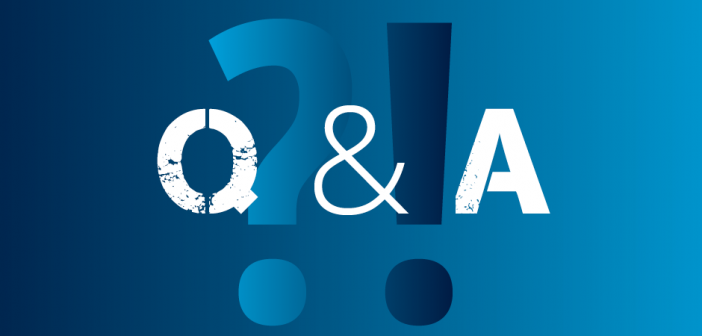Q3: WHAT ARE YOUR THOUGHTS ON BELAY SYSTEMS:PROS AND CONS OF VARIOUS TYPES?
CLOE: I would not go with anything other than a smart belay system or continuous lifeline, where you clip in and you’re good to go, because, in terms of insurance and safety, that’s how I sleep at night.
There are pros and cons with the smart belay systems versus the continuous lifelines. Continuous lifelines are simple for the guests; they have just one carabiner and they can go a little faster through the course. With the smart belay systems, you have two carabiners and have to lock and unlock one at a time as you move through the course. So you are more into what you’re doing, you’re more focused and engaged.
I can’t say that one is better than the other. We use a smart belay system at our older park, but we’re using a continuous line in a new park in Atlanta.
KEITH: The amusement code requires that the patron not be able to disengage from the safety system once the ride has started. This means not using carabiners that the guests can open by themselves and take both lanyards off the system. Some form of a locking lanyard system, where only one lanyard can be removed at a time, or a continuous belay system should be used.
DAVE: We build and offer both continuous and smart belays. We point out the pros and cons of each, and encourage potential park owners to do their own due diligence by participating at aerial adventure parks that offer different systems. Then, once a choice has been made, operators must spend the proper amount of time in their safety demonstrations to ensure guests are properly informed on all of the equipment.
KEN: We like the continuous and we use that in a lot of applications, especially when you look at the younger population. We have our preferences, but Saferoller is one that we like a lot, because you’re always locked in. I still like self-navigation, though. So having a smart system that doesn’t allow you to be double unclipped can be a good approach. It depends on how you operate it and what technology you use with it.
GERHARD: We favor the Edelrid smart belay, simply because it is the most proven system on the market. It is the most common system in Europe. America has a large portion of Bornack product, which is similar. But you need additional hardware with the Bornack system, the tweezles on the cable. We have integrated rollers and the smart belay, so I don’t need another piece of equipment for zip lining. That’s another advantage. It’s the most elegant solution we have found.
BAHMAN: You can do continuous belay or smart belays. We use a locking carabiner system. Our Bornack system needs a tweezle to operate. That way, guests can only clip onto a cable that we want them to clip on, because there’s a key there. And they have to actually clip onto that key. That eliminates the possibility that guests might clip onto guide wires or ropes, for example.






